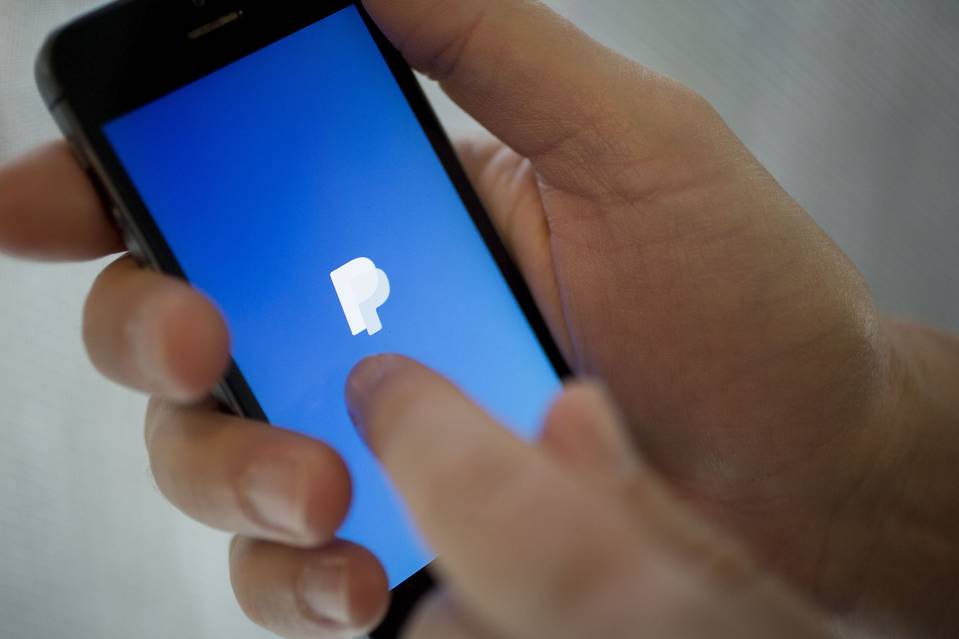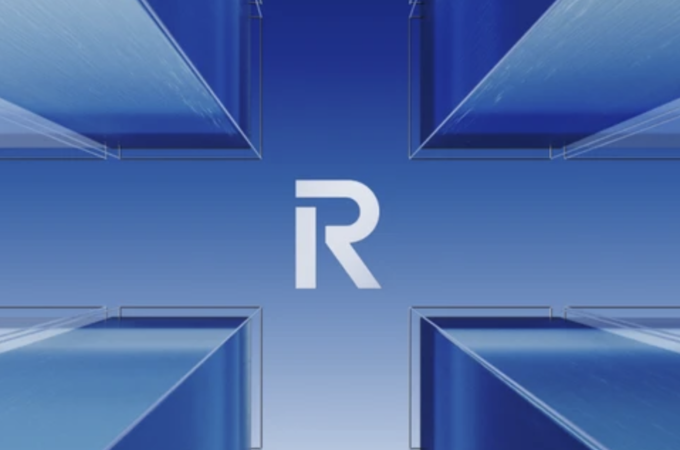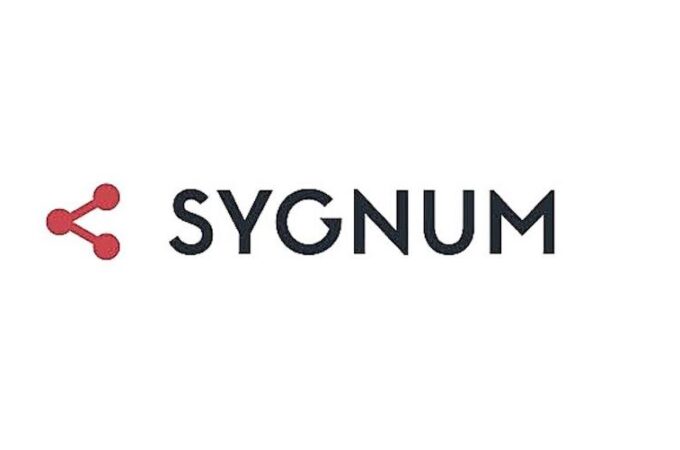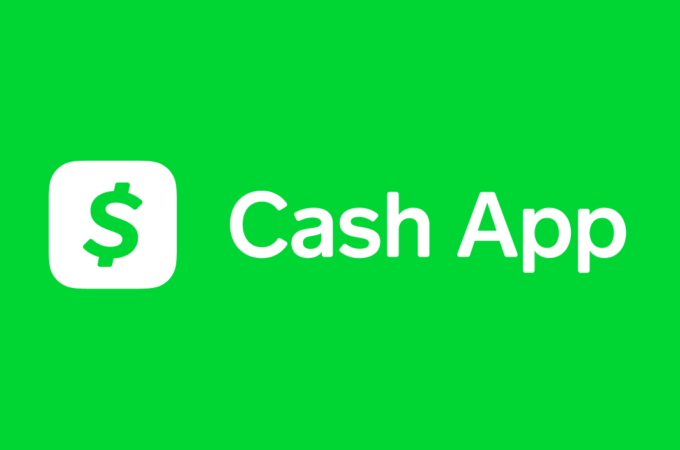
PayPal Isn’t a Bank, But It May Be the New Face of Banking
By TELIS DEMOS for WSJ
By some measures, PayPal Holdings Inc. holds more customer money than all but 20 U.S. banks. What does that say about the future of banking?
At the end of March, customers of PayPal held more than $13 billion in accounts at the online-commerce company. Compared with the most similar type of bank deposit, the figure would put PayPal just behind TD Bank, the U.S. unit of Toronto-Dominion Bank, or Capital One Financial Corp., according to data provider S&P Global Market Intelligence.
Under U.S. law, PayPal isn’t a bank, and those funds aren’t deposits, but cash that sits without earning interest for consumers, ready to spend. The San Jose, Calif., company doesn’t offer deposit insurance to customers who keep money in their accounts. It doesn’t enjoy the powers, or have the regulatory costs, of being a bank. And it mostly earns revenue when money moves, not when it is held.
But PayPal, independent of eBay Inc. since last year, offers many of the services that people think of when they envision banks. The central role PayPal seeks to play in the financial lives of its users shows the rapid evolution of what people think of as banking and could spark many of the world’s largest financial institutions to reconsider their own long-held customer relationships.
PayPal lets customers use the money in accounts to buy things on the web or transfer money. In addition to linking to a credit or debit card or bank account, there are 66,000 partner stores in which you can go and put cash into your PayPal account. It offers loans and credit cards with partner banks, and has explored tools that could help consumers manage a personal budget or make investments.
“I don’t see any philosophical reason PayPal isn’t a bank,” said Frank Rohde, chief executive of Nomis Solutions, a tech firm that works with big banks to help them price consumer products. “They can offer an account, a payment app, and a loan.”
In the race to shift banklike services to the web or mobile phones, the stakes are in the billions. Banks globally earned 46% of their profits in 2015 from individuals and small businesses. But 17% of the $1.2 trillion in U.S. and European revenue generated from those sources may be vulnerable to financial technology, or “fintech,” firms by 2023, up from 1% in 2015, Citigroup Inc. analysts said.
PayPal Chief Executive Dan Schulman said his firm doesn’t want to supplant banks and hopes it can provide products that also bring revenue to lenders. “What we mean to do is to extend traditional consumer financial services,” he said, adding that his target market is the two-billion-plus people who are outside the traditional banking system.
Ultimately, one future for established banks could be to serve as regulated money vaults to connect to a variety of fintech services. That would be similar to what has happened in other industries in the past decade, such as mobile communications, in which pricing power for service providers eroded while smartphone makers such as Apple Inc. boomed.
“Apple didn’t have to become a cellular carrier to launch the iPhone,” said Bill Ready, global head of product and engineering at PayPal. “A bank is the carrier behind a lot of the services we provide, and when we deliver value to our customers, we bring volume to banks.”
PayPal’s Venmo unit, well known for transferring money between millennials via its smartphone app, is perhaps the most visible example of how technology can lead to something closer to a cashless society less reliant on banks.
 With Venmo, users can transfer small amounts of money via the app and can post each transaction to a public message board. While a bank account, credit card, or debit card is needed to add money to the account, once the funds are in Venmo they can remain there until the user wants to tap them.
With Venmo, users can transfer small amounts of money via the app and can post each transaction to a public message board. While a bank account, credit card, or debit card is needed to add money to the account, once the funds are in Venmo they can remain there until the user wants to tap them.
Trelawny Davis, a 24-year-old who works in digital marketing, uses Venmo about once a week. She said she sometimes lets money she receives build up in her account, as much as a couple hundred dollars, rather than immediately transfer it back to the Bank of America Corp. account she uses to fund her payments.
“I am starting to intentionally keep my money in there a little bit longer,” said Ms. Davis. “It’s kind of a way to save some money.” She said she would be open to other tools for saving with Venmo, too.
Not everyone welcomes this encroachment. Banks are often critical of fintech firms, arguing that they do many banklike things but aren’t as safe because they don’t have to pay regulatory tolls such as regular visits from the Federal Reserve.
Few fintech firms offer deposits backstopped by the federal government, an important distinction for customers primarily concerned with the safety of their money.
This may not hold people back from using nonbank accounts for some purposes. “If a retailer goes under and you lose your $13 in a digital wallet, that’s not the end of the world,” said Haskell Garfinkel, co-head of the fintech practice at PricewaterhouseCoopers. But he said many people would want the “safety and soundness” of a regulated deposit for the bulk of their money.
Regulators are starting to scrutinize the upstarts. Agencies such as the Office of the Comptroller of the Currency and the Federal Deposit Insurance Corp. recently discussed frameworks for how to regulate fintech firms. The Fed and Treasury Department also have been studying fintech.
In addition to PayPal, a class of well-funded startups, including Stripe Inc., Square Inc., Social Finance Inc. and TransferWise, are offering more banklike services, suggesting that the financial face of the future may not be a bank at all. Thanks to “mobile wallets” that consumers can use to store value and make payments, sometimes by using cellphones themselves, other players are emerging from Google parent Alphabet Inc. to Starbucks Corp.
The money consumers loaded on their Starbucks cards and app surged to $1.2 billion in the first quarter, up 22% since the third period last year, according to company filings.
By keeping its customers’ cash, PayPal generates interest on short-term, liquid instruments like Treasury bills while avoiding a split in fees with credit-card or debit-card networks. The company doesn’t report its interest income on customer accounts, but said it falls into a broader revenue category that increased 22% last year, to $1.12 billion.
On average, PayPal’s account balances are small. Its $13 billion in customer money globally—up 23% since 2014—is spread across 184 million active customer accounts, or about $70 an account. By contrast, banks generally seek to have fewer but larger accounts.
PayPal earns much of its revenue from merchants, who range from one-person eBay vendors to retailers such as Home Depot Inc. The retailers accept payments via PayPal’s network or increasingly through other services such as Venmo.
Still, without insured deposits, fintech firms are limited in what they can do for customers in some respects. Banks, in exchange for being highly regulated, are given many powers that nonbanks lack. For example, they can take direct deposits of paychecks more easily. Federal government benefits can’t be deposited into a non-FDIC-insured account.
Outside the U.S., the convergence between banking and fintech is happening more quickly. PayPal’s Xoom international transfer service, which it acquired last year, recently started allowing bill payments to flow directly from the consumer to utilities or mobile-phone operators.
“Instead of asking, ‘Do we end up becoming a bank,’ ” said John Kunze, PayPal’s vice president for Xoom. “We ask, ‘Do we end up becoming the epicenter of financial life?’ ”
First appeared at WSJ





